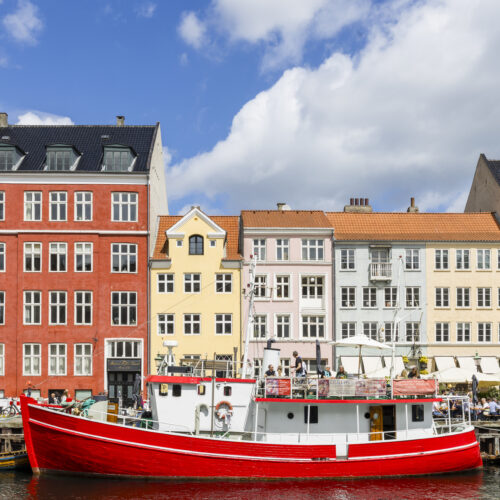Nestled just north of Bologna along the Reno River, the Municipality of Calderara di Reno has played a part in many major events in Italian history dating back to the Roman era. Officially founded in 1802, Calderara was a rich, agricultural region that has transformed into a center of industry.
Many cultural landmarks are found in the area, but none as ancient – and perhaps as historic – as the Sacerno. The Sacerno is the site where Octavian, Marc Antony, and Lepidus met after the death of Julius Caesar in 43 B.C. with an agenda to divide the Roman territories through their political alliance known as the Second Triumvirate.
Centuries after this meeting, Calderara developed into a thriving agricultural region with many farms emerging throughout the area. The Middle Ages followed by the Renaissance left exquisite examples of Baroque architecture, medieval churches, and stately villas throughout the region. By the early 19th century, Calderara was under Napoleon’s government and originally named “San Vitale and Calderara”.
In 1911, Calderara had over 4,700 residents. Within a few years, WW1 would bring significant strife to the small town when 108 citizens became casualties of the war. To memorialize those lost, the Monument to the Fallen, a sculpture by artist Alfonos Borghesani, was erected in front of the Town Hall.
The decades to come would continue to test the mettle of Calderara’s residents as social struggles and political unrest plagued the area. As c arose in Italy – soon preceding WW2 – residents of Calderara found themselves on the front lines of anti-fascist movements. In 1994, Calderara was decorated with a War Cross for Military Valor for its sacrifices made during WWII.
 44.56572, 11.271767
44.56572, 11.271767



























Know more? Share with the community!
Submit Your ImageLogin/Sign Up.